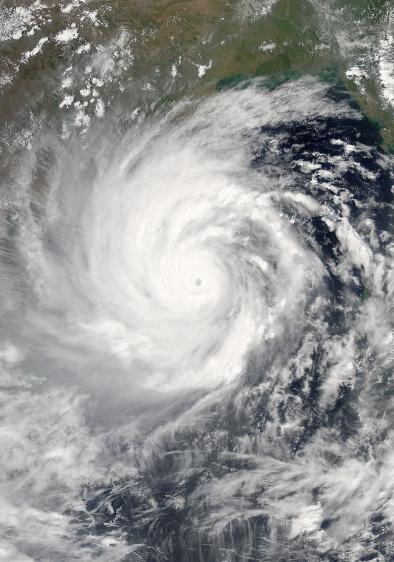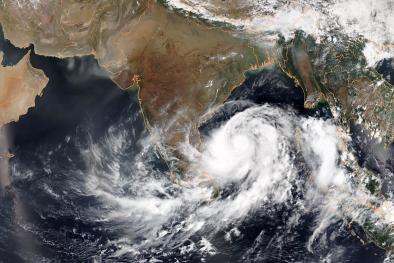

Storm Surge Increase
Global warming has boosted storm surge—the temporary increase in sea level due to storm conditions. Storm surge now rides higher on seas that have risen over the last century, much of which is attributable to melting ice sheets and a warmer, expanding ocean.
Read More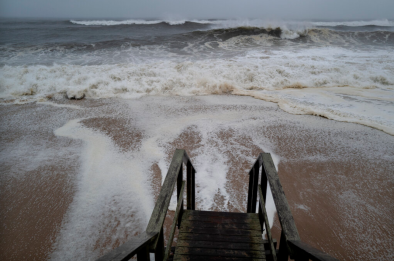
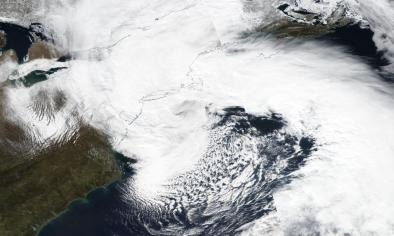
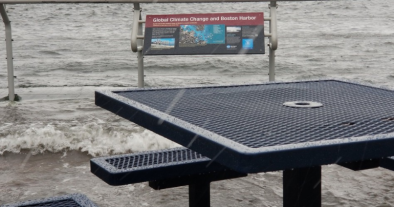
Climate science at a glance
- Global sea levels are rising as a result of global warming, boosting storm surge and increasing coastal flood risk.
- Climate change can also worsen storm surge though its impact on storm intensity, size, and "steering". Bigger, stronger storms can push waves further onshore.
- Storm surge is the leading cause of hurricane damage in coastal regions.
- The most dangerous coastal flood situation occurs when storm surge comes onshore during high tide, boosted by sea level rise.
- From 1963 to 2012, storm surge caused 49 percent of hurricane deaths, with rain accounting for 27 percent, according to the National Hurricane Center.[1]
Background information
What is storm surge?
Storm surge is the name for the temporary increase in sea level at a particular location due to stormy weather conditions such as low atmospheric pressure and strong winds. US coastal risk from storm surge depends strongly on storm size, propagation speed and direction. The height of coastal flooding attained during coastal storms is the product of storm surge height, timing in the astronomical tidal cycle and sea level rise.
You are taking the ocean and raising it. It's not a wave the surfer rides. It's actually raising the ocean. That's why it's so scary.
Hal Needham, director of Marine Weather and Climate in Miami
How does sea level rise affect storm surge?
Climate change has already contributed about 6.3 inches (0.16 meters) to global sea level rise,[8] and this has dramatically amplified the impact of hurricanes and other coastal storms by increasing baseline elevations for waves and storm surge. A small vertical increase in sea level can translate into a very large increase in horizontal reach by storm surge depending upon local topography.
US storm surge and climate change trends
- There have been more storms producing concurrent locally extreme storm surge and rainfall along the US East and Gulf Coasts over the last 65 years, with flooding further compounded by local relative sea level rise.[2]
- The Atlantic coast is a hotspot of accelerated sea level rise and flooding.[3][4]
- Many East Coast cities have regional rates of sea level rise that are substantially above the global rate due to land subsidence and differences in geography which amplify the local effect of global sea level rise.[5]
Studies attribution US storm surge damage to climate change
- (Porter et al. 2018): Approximately 1.2 million homes and 3,800 businesses were damaged by Hurricane Florence. Of the 51,000 homes that were damaged by storm surge, a report found 11,000 of them wouldn’t have been impacted if it weren’t for sea level rise.[6]
- (Millet et al. 2013): Human-caused sea level rise extended the reach of Hurricane Sandy by 27 square miles, affecting 83,000 additional people in New Jersey and New York City and adding over $2 billion in storm damage.[5]
- (Irish et al. 2014): Hurricane Katrina would have flooded 60 percent less area of New Orleans had the storm occurred in 1900, before land subsidence and climate change increased sea levels by 30 inches.[7]

